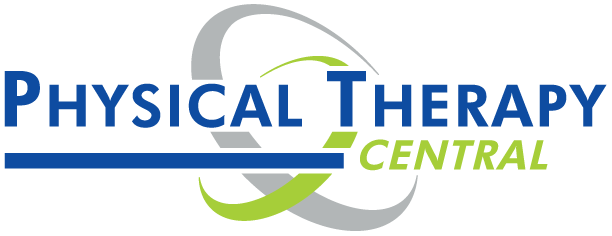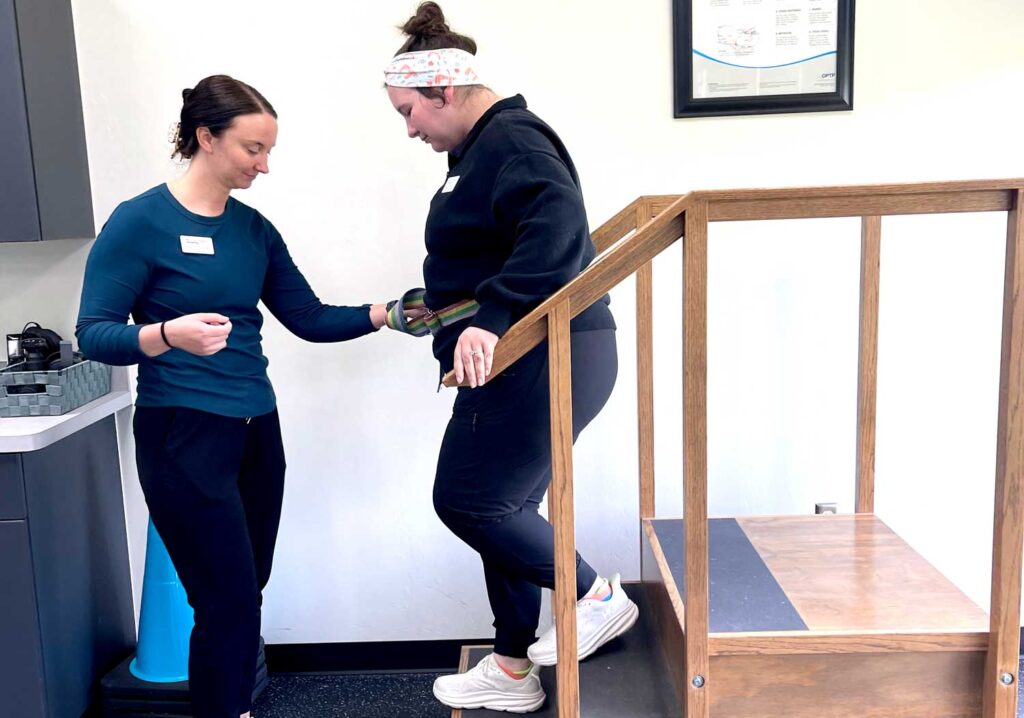Finding a Cure for Pelvic Pain
Although both men and women have a pelvic floor and may experience pelvic floor dysfunction, it is something that can particularly affect women during pregnancy and after childbirth, as well as in times of increased stress or other life changes. The pelvic floor is a set of muscles in your lower abdomen and groin area that help control bowel movements, urination, and sexual function. For women, pelvic floor muscles are important in keeping the uterus at the top of the vagina and keeping the bladder in the correct position, while for men the pelvic floor keeps the bowels, bladder, and urethra in the right spots. These muscles can be sensitive to many different factors, and may become overly tight or loose at times. This can cause constipation, irregular bowel movements, leaking of urine, incontinence, and even pain during sex (for women) or erectile dysfunction (in men). These problems can range from embarrassing to extremely disruptive to your daily routine, but you may find that your physician doesn’t seem to be able to offer much advice or assistance. If you find yourself in this situation, physical therapy for pelvic floor dysfunction may be an excellent option to regain optimal function of your pelvic floor muscles and remove the constant worry and stress that often accompanies pelvic floor dysfunction.
Find Out If Physical Therapy Is Right For You
Schedule an appointment with a licensed physical therapist to help recover from your chronic pain through hands-on manual therapy.
Signs & Symptoms Of Pelvic Pain
If you are experiencing more urgency or frequency with urination, difficulty making it to the bathroom, constipation, pain with bowel movements, incontinence, pain or erectile dysfunction during sex, you may have extremely tight or weak pelvic floor muscles. Pelvic surgery can increase risk of pelvic pain and pelvic floor dysfunction if there is irregular scar tissue or incorrect healing patterns. Pregnancy and delivery can also cause strain to pelvic floor muscles which can also create long term pain and dysfunction. Some weakening is a natural part of aging, but if you find yourself leaking or experiencing increased urgency and pain, it may be time to make an appointment with a pelvic floor physical therapist.
What Is Pelvic Floor Dysfunction
Normally, your body contracts and relaxes your pelvic floor muscles as you go to the bathroom, have sex, and go about your day. This contraction and relaxation is not always conscious, meaning that you don’t always realize that you have control over these muscles. Pelvic floor dysfunction refers to a condition where your body stops relaxing your pelvic floor muscles leaving them very tight and painful. The continued tension results in pain and difficulty with the normal functions of the pelvic floor like using the bathroom. You may feel a continuous urge to use the restroom but may feel like it’s difficult to actually complete a bowel movement. Another symptom can be lower back pain that isn’t explained by other causes. In some cases, weak pelvic floor muscles can lead to prolapse of the bladder, uterus, or rectum, especially after significant trauma such as childbirth. If you have symptoms of pelvic floor weakness including pain or difficulty with urination or bowel movements, it is important to receive help early in order to prevent worsening symptoms that will require more serious medical intervention.
How Physical Therapy Can Help
Physical therapists can specialize in pelvic floor therapy making them excellent resources for anyone experiencing pain or dysfunction. The goal of physical therapy for this problem is to reduce the constant tension in the pelvic floor by both relaxing and strengthening the muscles. One technique pelvic floor PTs use is isometric pelvic floor contraction with biofeedback. Biofeedback allows the patient to see a visual representation of their muscle contraction which helps facilitate learning to modulate the intensity of the contraction. By performing exercises with Biofeedback, it is easier to visualize the contraction and learn to control the pelvic floor muscles. Physical therapists can also perform internal and external massage with trigger point release, depending on patient comfort level. One final and very important part of the physical therapy treatment of pelvic dysfunction is education. Along with exercises and other treatments to address your pelvic floor pain, your physical therapist will teach you about the anatomy of the pelvic floor, how it works, and strategies to mitigate your problems. They will have tips and advice for everything from improving bladder control to having better orgasms! There is no such thing as TMI to a pelvic floor physical therapist, and they can’t wait to help alleviate your symptoms and get you back to normal.


